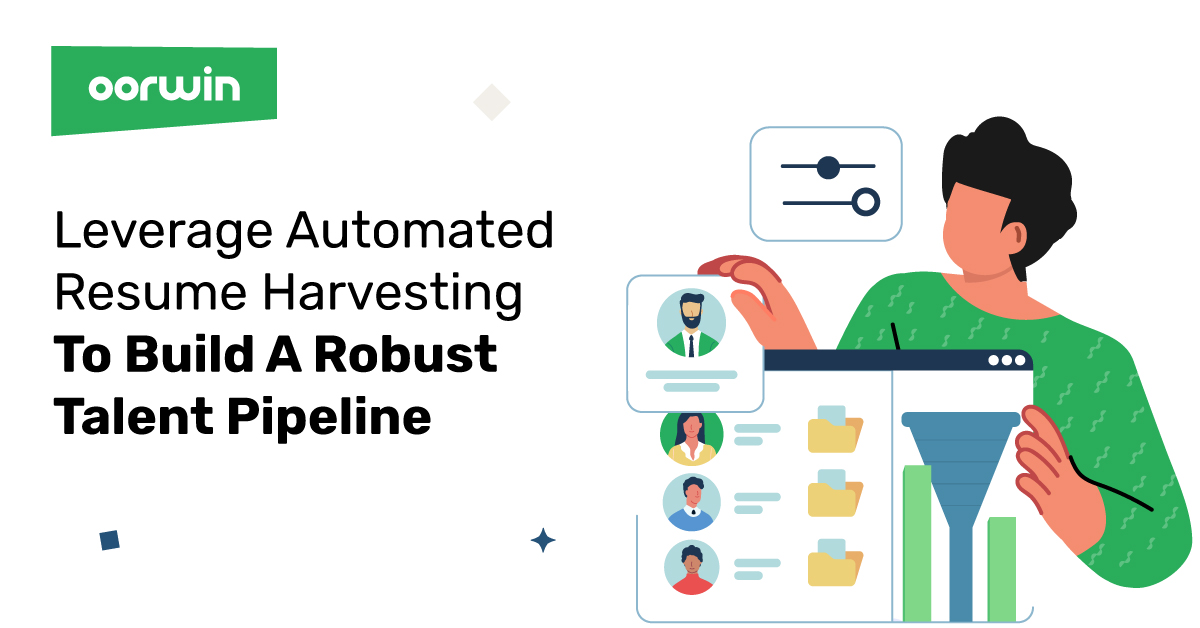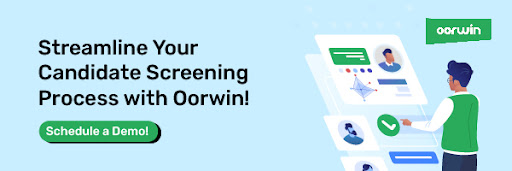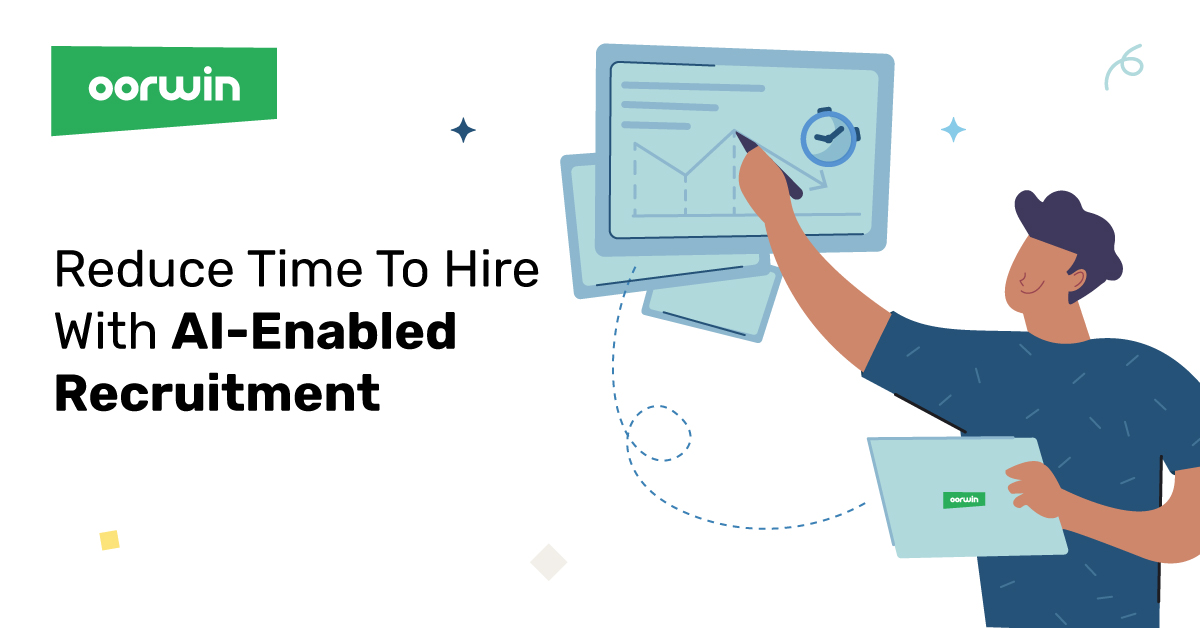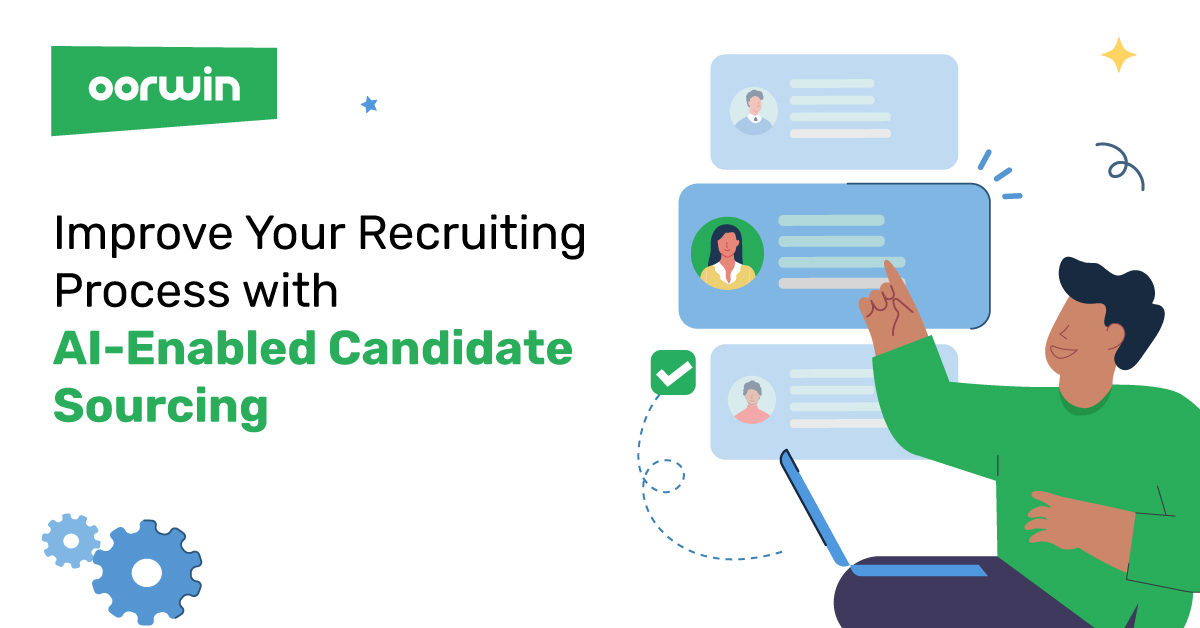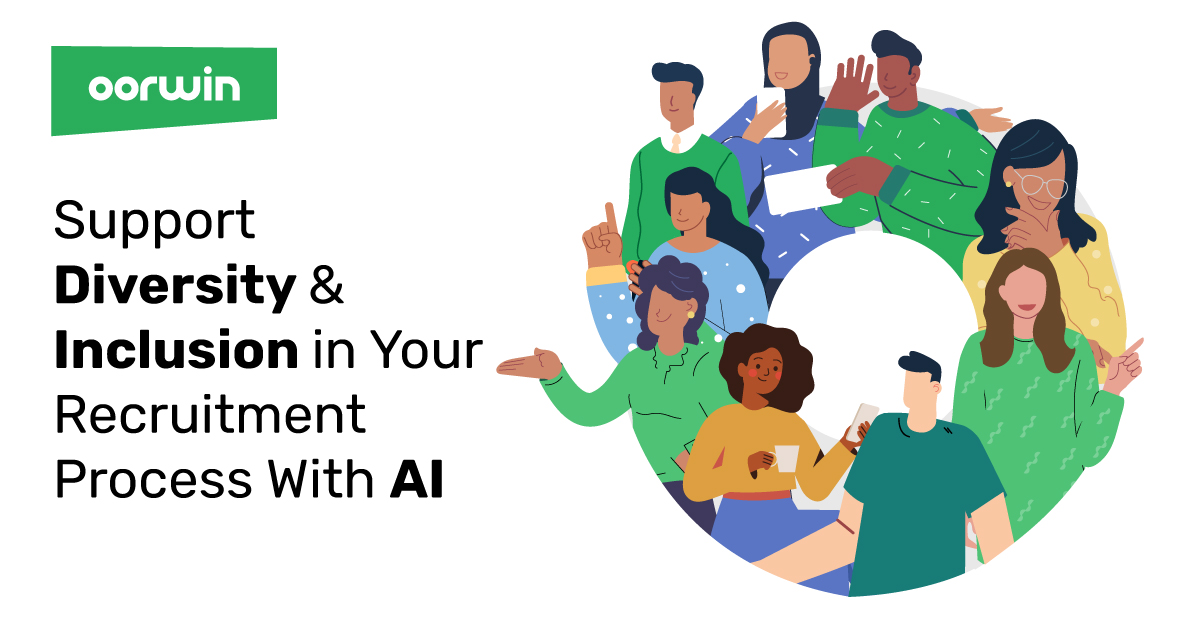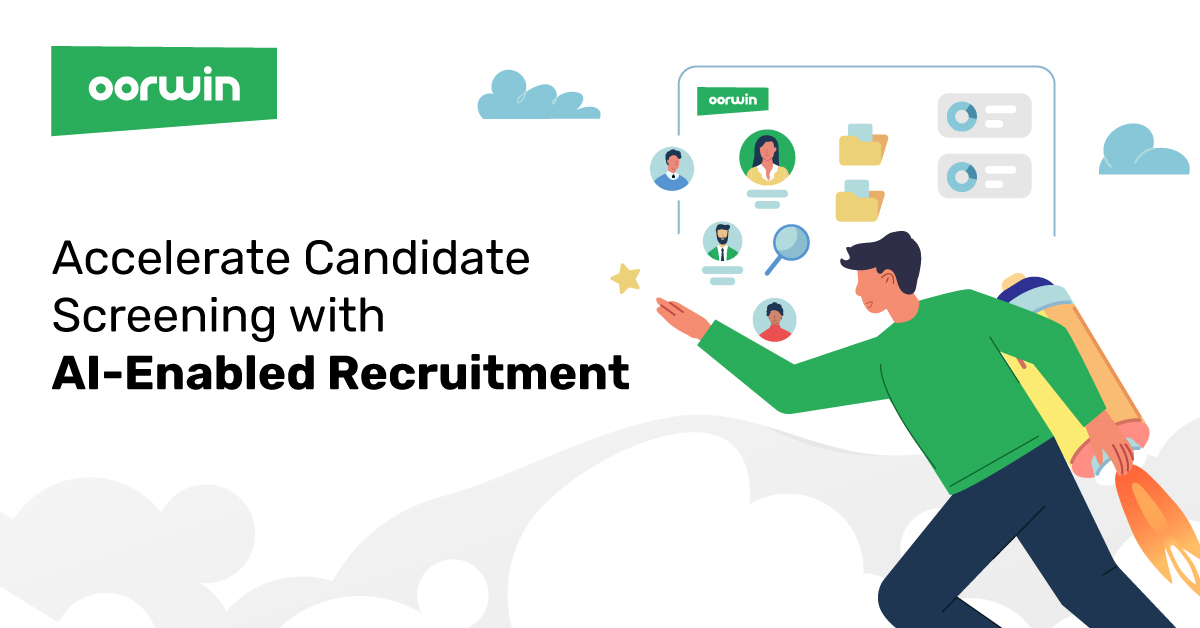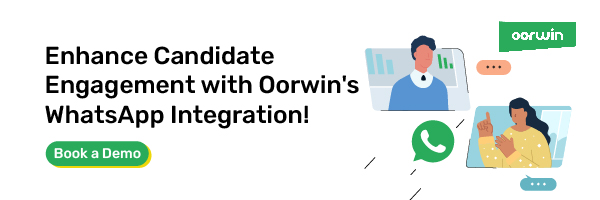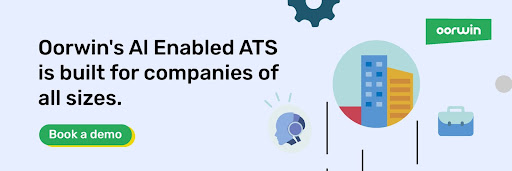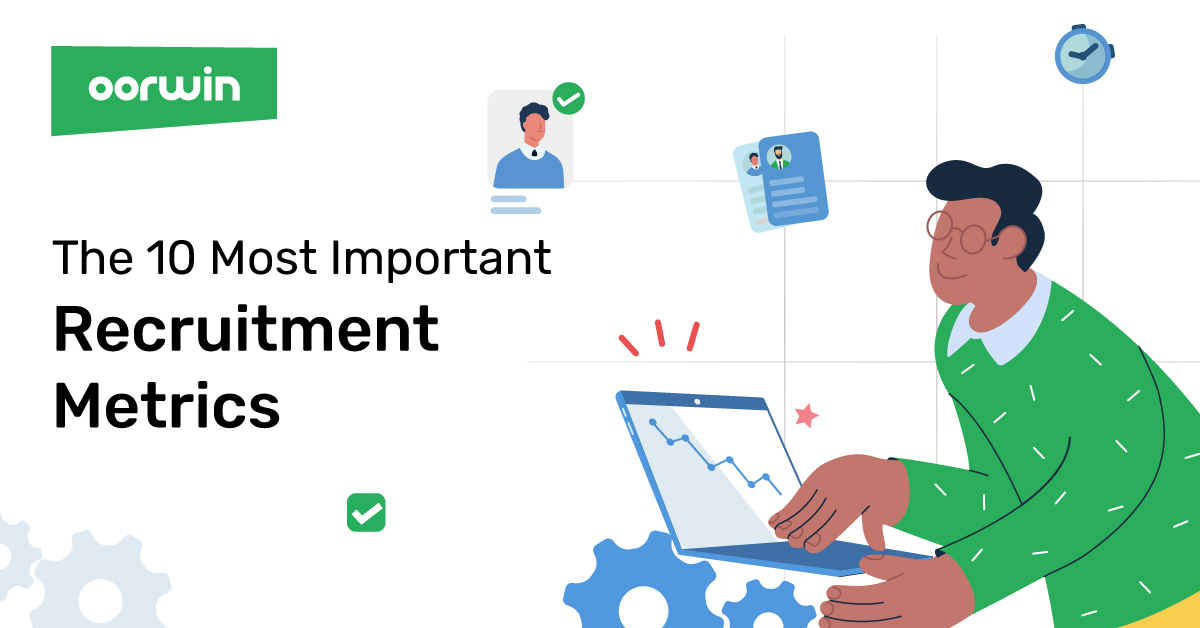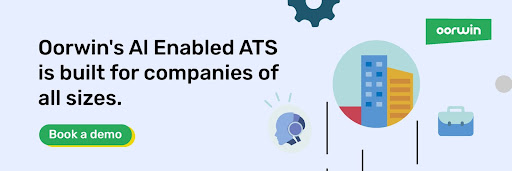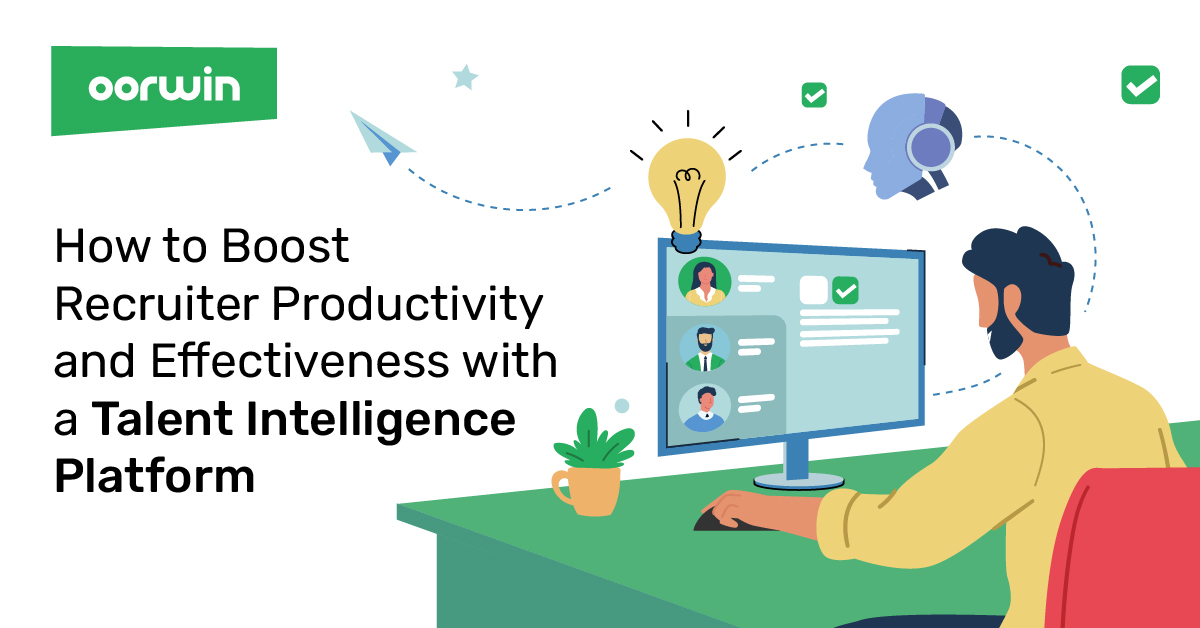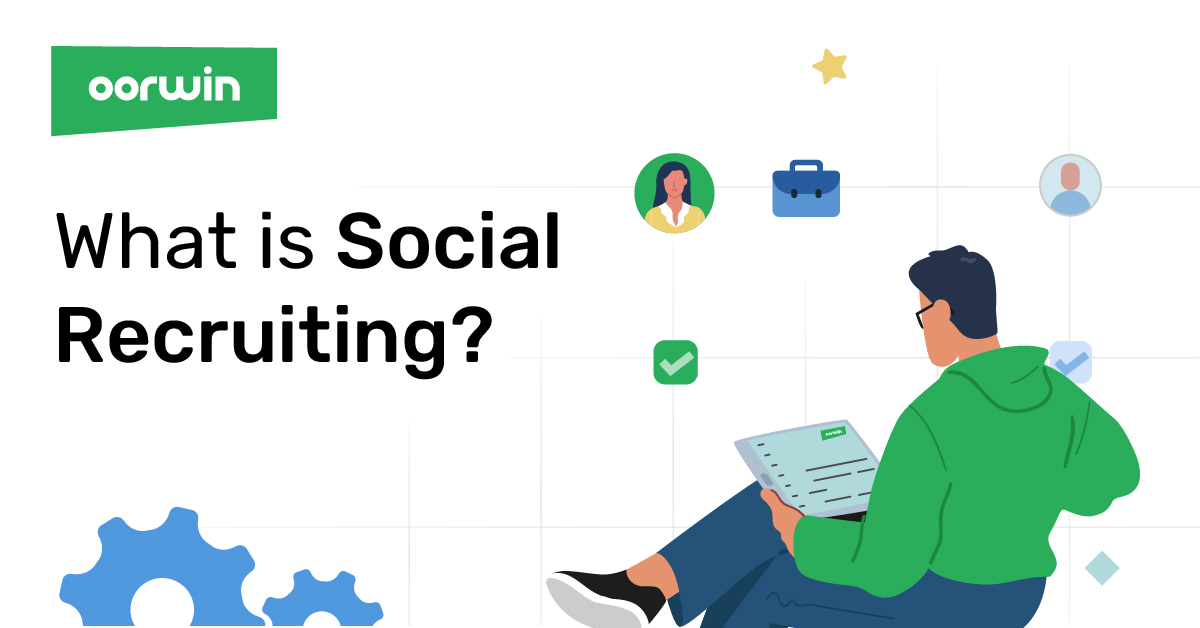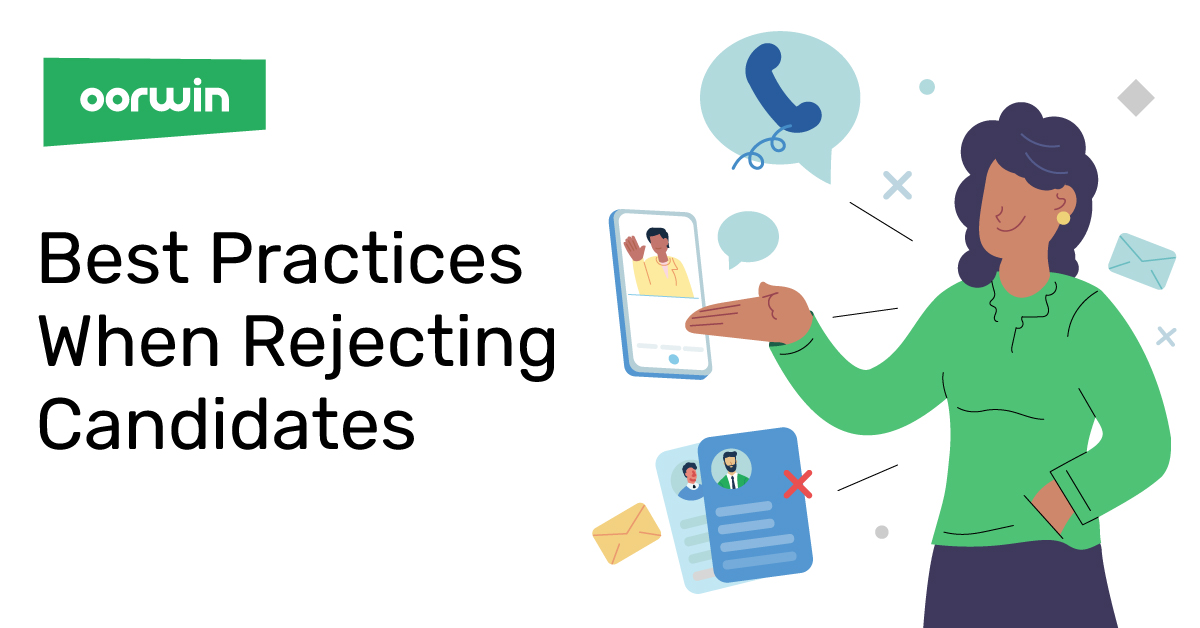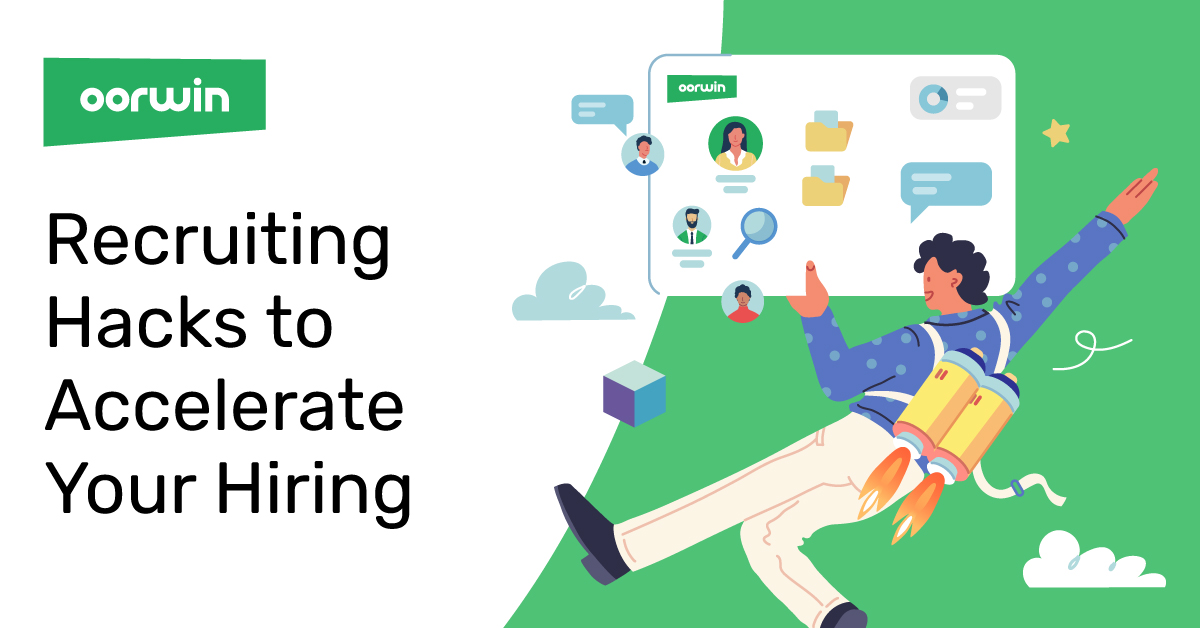Automated Resume Harvesting: Redefining Speed and Efficiency in Hiring Processes
Resume harvesting is a double-edged sword. It is one of the most time-consuming parts of a recruiter’s job but also one of the most necessary to build a strong talent pipeline and reach the right candidates.
Recruiters spend most of their time searching job boards hunting for top talent. It’s not enough to rely only on passive recruitment, hoping that the perfect candidate will see your job posting and apply.
Recruiters need to automate as many tasks as possible to help them keep up with the market. AI in recruiting helps save time by using recruitment automation to take over this otherwise labor-intensive task to optimize and streamline the resume harvesting process.
What Is Resume Harvesting?
Resume harvesting is part of the active recruitment process. Recruiters search through candidate profiles, on job boards, or within their network to find potential fits for open roles. This has historically been a manual process.
Recruiters can use keywords to help narrow their search and drill down based on desired skills or experiences, but this still leaves them with many resumes to review for candidates who may still need to be a better fit.
AI works to make resume harvesting a much quicker and more thorough process, guided by large sets of data insights.
Resume harvesting uses specific rules to find and sort potential employees, helping you quickly choose the best candidates from a large online talent pool before making hiring decisions.
The Evolution and Impact of Modern Resume Harvesting in Recruitment
Understanding resume harvesting involves looking at its evolution in recruitment. What used to be a manual and often inaccurate task involving recruiters sifting through numerous resumes has now changed significantly. By leveraging AI and advanced algorithms, resume harvesting now automates the search and evaluation of candidates, resulting in a faster and more accurate selection process.
Resume harvesting has evolved beyond mere sorting of resumes; it has become a crucial element in talent acquisition. Nowadays, AI tools are employed to scrutinize data, enabling predictions about a candidate’s suitability and likelihood of success.
Thanks to these tech advancements, recruiters access a wider, better pool of candidates. They hire faster and make smarter decisions. This change makes recruitment more efficient and aligns it with organizational goals.
7 Benefits Of Automated Resume Harvesting
Automated resume harvesting is the process of leveraging AI to search for qualified applicants (based on preset criteria) and downloading their profiles into your recruitment database in order to be ready for candidate screening. Here are 5 benefits of implementing this process.
1. Save Time and Resources
AI-powered resume harvesting solutions easily scan candidates from various job sites in one click based on your criteria for an open role.
By eliminating the tedious and time-consuming aspects of manual resume harvesting, recruiters can focus their time and energy on their most important responsibility: building relationships and engaging with qualified candidates.
2. Build an Intelligent Resume Database
AI in recruiting helps reduce your long-term dependency on job boards to source talent for open roles. AI-powered solutions harvest resumes for you and can sort them based on the criteria you choose.
Resume harvesting automates building a comprehensive intelligent pipeline of qualified, categorized candidates. You can rate profiles and store them in the system for future use as more roles open up. This ensures your candidate pipeline is robust, relevant, and readily available.
3. Reduce Costs
AI-powered resume harvesting ensures you’re using your daily credits for job boards most effectively instead of wasting them on unqualified candidates.
This automated process also provides comprehensive reporting, giving you access to data that shows which job boards are producing the best results. This information enables you to make data-driven decisions about which boards are most worth investing in.
4. Make Targeted Sourcing More Efficient
AI acts as your personal sourcing assistant. You tell it what to look for, and it finds a list of qualified candidates based on your job criteria.
Automated resume harvesting will source candidates without being influenced by human bias, with a strict focus on the requirements for the role in question. This provides more accurate, quick, and efficient targeting to search multiple sources quickly and find the best candidates.
5. Improve the Quality of Candidate Sourcing
With the ability to quickly search specific candidates on a very large scale, AI-powered resume harvesting opens up your qualified talent pool on a level manual recruitment never could.
When combined with AI-enabled candidate sourcing, this process ensures you’re finding the most qualified candidates. This is done without wasting time on manual triage for sourcing and harvesting.
6. Enhanced Candidate Experience
Automated resume harvesting doesn’t just offer advantages to recruiters; it also significantly improves the candidate experience. By simplifying the early phases of recruitment, candidates receive faster responses and more tailored job opportunities. This enhanced efficiency can boost candidate engagement and positively influence their perception of the company, increasing the likelihood of them accepting job offers and becoming advocates for the organization.
7. Data-Driven Recruitment Strategy
The use of AI in resume harvesting provides valuable insights into recruitment patterns and candidate preferences. These data-driven analytics enable recruiters to refine their recruitment strategies over time, focusing on what works best. This approach leads to more effective talent acquisition, helping organizations to adapt to changing market trends and candidate behaviors.
Common Challenges of Automated Resume Harvesting
Before we explore further, let’s address the common challenges encountered in automated resume harvesting.
1. Loss of Personal Touch
Challenge: One common concern is that automating resume harvesting might lead to a loss of the personal touch in recruitment. Some fear that relying on algorithms and AI could make candidates feel less valued.
Response: While automation streamlines the initial stages, it doesn’t replace the human element. Recruiters still play a crucial role in engaging with candidates, conducting interviews, and assessing cultural fit. Automation complements human efforts and allows recruiters to focus on meaningful interactions.
2. Oversimplification of Candidate Evaluation
Challenge: Skepticism exists around whether automated systems can accurately evaluate candidates beyond keyword matching. Critics worry that important qualities might be overlooked.
Response: Modern resume harvesting technologies have evolved to assess candidates holistically. They consider factors like experience, skills, culture fit, and even soft skills. Advanced AI models can provide a nuanced view of candidates, ensuring a well-rounded evaluation.
3. Data Privacy Concerns
Challenge: Candidates may be concerned about the security of their personal data when shared with automated systems.
Response: Addressing data privacy concerns is essential. Ethical data handling practices and compliance with data protection regulations (such as GDPR) should be a priority. Transparency about data usage and protection can help build trust with candidates.
4. Risk of Unconscious Bias
Challenge: Automated systems might inadvertently perpetuate biases present in historical data.
Response: To mitigate bias, AI algorithms can be designed with fairness in mind. Regular audits and adjustments ensure that the technology doesn’t discriminate. Furthermore, human oversight is crucial to ensure fairness throughout the process.
5. Overreliance on Technology
Challenge: There’s a misconception that automated systems can handle the entire recruitment process independently, leading to overreliance on technology.
Response: While automation is powerful, it’s a tool that aids recruiters. Human judgment remains essential, particularly in assessing soft skills, cultural fit, and other intangibles. The best results come from a balanced approach that combines human expertise with technological efficiency.
Simplifying Resume Harvesting with Modern ATS: Best Practices
Modern Application Tracking Systems (ATS) have evolved significantly, offering automated features for various recruitment and employee management tasks. Leading ATS platforms, such as Oorwin, incorporate resume harvesting, seamlessly integrating with numerous job boards.
Utilizing Rule-Based Bots for Efficient Recruitment
A key feature of these systems is the use of rule-based bots. Recruiters can set multiple search parameters and criteria for different job roles at various levels. This flexibility extends to scheduling search runs at desired frequencies.
Streamlining Recruitment with After-Hours Bot Operations
Many recruiters optimize their workflow by scheduling these bots to run after work hours. This strategy ensures that they arrive at a well-organized inbox or shared drive, filled with search results, ready for the next steps in the hiring process.
Enhancing Recruitment Efficiency with Integrated ATS
For organizations equipped with an ATS, the recruitment process, including resume screening and interview scheduling, becomes significantly more efficient. These tasks can be managed with just a few clicks, streamlining the entire hiring process.
Reap The Benefits of Recruiting Automation with Oorwin
Efficiency is paramount in modern recruitment as the competitive job market demands swift and seamless candidate selection. Traditional manual methods of resume screening can be time-consuming and less effective in this fast-changing world. That’s where recruitment automation, especially resume harvesting, becomes pivotal. By automating resume evaluation, you ensure precise and efficient recruitment, connecting with ideal candidates precisely when your organization needs them most. This strategic approach to talent acquisition streamlines the process, enhancing your ability to identify top talent quickly.
Don’t miss out on top talent; explore the possibilities with Oorwin’s AI-powered talent intelligence platform. Request a demo today and witness how Oorwin can revolutionize your recruitment, ensuring you never miss the perfect candidate again. Your future success awaits.
FAQs
How does resume harvesting benefit recruiters?
Resume harvesting saves recruiters time and resources by automating the initial stages of candidate screening and selection. It helps build a comprehensive candidate database and improves the efficiency of talent acquisition.
Can resume harvesting integrate with Applicant Tracking Systems (ATS)?
Yes, modern resume harvesting often seamlessly integrates with ATS, enhancing recruitment workflows and enabling data-driven decision-making in talent acquisition.
Is resume harvesting suitable for all types of organizations?
Resume harvesting can benefit organizations of various sizes and industries. It is particularly valuable for those looking to streamline their recruitment processes and build robust talent pipelines.
How can I get started with Oorwin’s resume harvesting feature?
To get started with Oorwin’s resume harvesting feature, you can request a demo with our team. Our experts will guide you through the process and show you how Oorwin can optimize your recruitment efforts.
